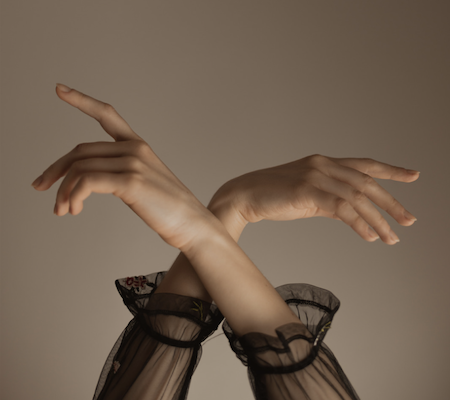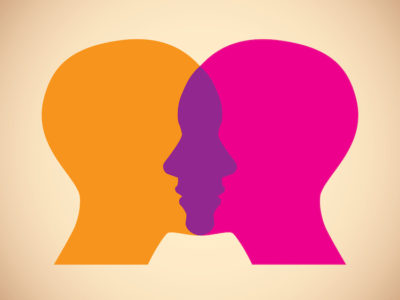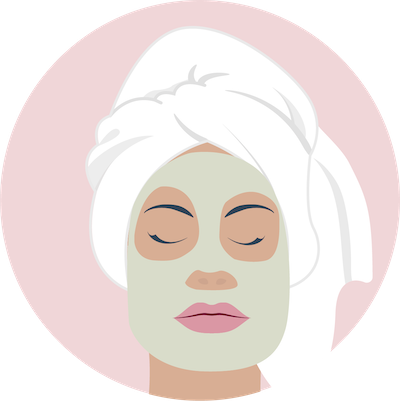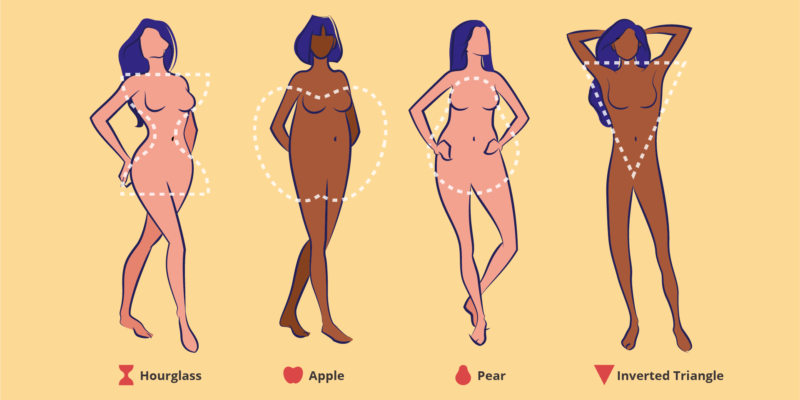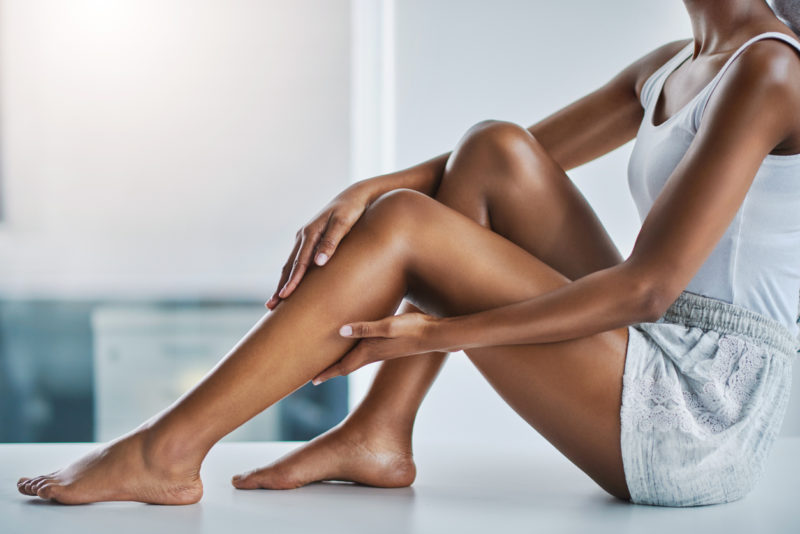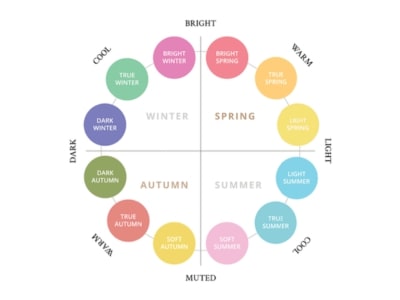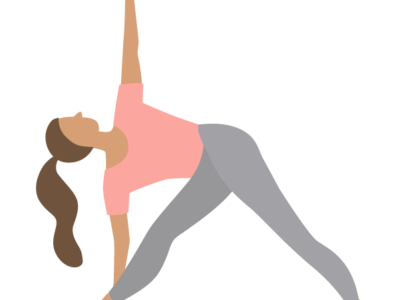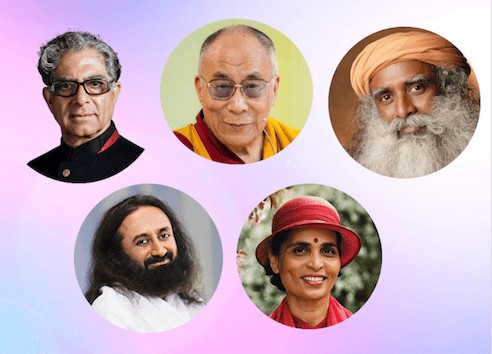Lately, we’ve had a common theme running through our magazine, healing. In a world that is only compounding uncertainty and at the mercy of a viral threat quite beyond our control, we have considered all the ways in which we need to heal. This pondering led us to Muddita Gupta, a therapeutic movement and expression facilitator, who introduced us to creative therapies that are essentially tools of hope.

A Mumbai-based practitioner, Muddita Gupta is associated with the Creative Movement Therapy Association of India and the International Dance Council in France. In addition to being a dance movement therapist, she also instructs in active meditations, Sufism and shamanism, all of which have a similar goal, to help a person connect with himself/herself.
Nude Magazine founder Margo Samant speaks to Muddita about this alternative, powerful form of self-expression and healing, starting with her journey into dance movement therapy.
#CreativeArtsTherapy
Healing and Transformation Through Dance Therapy
A personal journey with Dance Movement Therapy
I spent over a decade in fashion designing and image consulting. I was busy doing things outwards. I had sessions with my clients to understand why they wanted to change the way they look etc. Interestingly, each time that conversation would lead to an area of their life that they were not comfortable with or wanted to change. They were probably looking for clothes as a medium of expression. We try to replace emotions like confidence, love, acceptance with clothes. That’s what prompted me to look into my own life, to bring myself together as a whole through methods that heal. A friend suggested dance movement therapy (DMT), and I went for it.
Dance has been my go-to thing ever since I was a child. When I’m dancing, Im like a kid in candyland. I now instruct everything from DMT, reiki, and other transformational practices like active meditation, Sufism, star magic, shamanism etc. I have always been hungry to know myself and my purpose and I seek all these creative therapies that I studied in India, the UK and US.
Unpeeling your emotions through movement
As humans our primary language is movement. We use our bodies to explore and experience things around us. We feel emotions, sensations, and thoughts through our bodies. There is an interplay between the sensations, emotions, and thoughts and what happens inside our bodies. Dance Movement Therapy (DMT) takes this principle as its basis – all three are connected and influence each other.
A child, for instance, can beautifully express his emotion like fear or anger by using his body. He may throw a toy or swing his arms or legs. But as we grow old, we become restricted because of our society, culture etc. Emotion is nothing but energy in motion. When we feel any emotion that energy needs to move in our system. It must find its flow, an outward expression. A simple instance is, you might feel you want to jump in joy, but because you are in a particular space, it might not be appreciated and eventually leads to us not expressing that energy. That energy is pushed down and gets bottled up. DMT as a technique, helps an individual break these habitual patterns.
Therapy that doesn’t discriminate
Movement therapy, or dance therapy, uses movement to help a person deal with an illness (physical or mental), a disability, or life challenges that keep them from functioning fully. It aims to enhance the person’s cognitive, physical, mental, and emotional wellbeing, by examining and gaining insight into the life choices and difficulties faced by individuals. Anyone can try it.
Dance therapy v/s therapy
Regular therapy has a lot of talking. It has a lot to do with using words as a medium for expression. DMT uses the body to tap into sensations. More than words it is about bringing a change in the body movement.
A deep dive into the self
DMT helps you connect with your own body and anyone can try it. DMT is very beneficial for fighting depression and anxiety as it helps unearth the trigger or reason for feeling a particular way. In most of the cases, it often leads back to childhood. We are like clay shaped into pots, our parents, friends, neighbourhood, culture, etc mould us. The things we experience as children get registered in our subconscious and come out in the same manner when we find ourselves in a similar situation. If you want to dig deep into your feelings or emotions or even aches, to help improve or correct something, then DMT is a great aid for that. The dance movement therapist creates a holding environment in which such feelings can be safely expressed, acknowledged and communicated.
How does dance movement therapy work?
We invite people to share what’s going on in their lives at present – a situation, a dream, an ache, an emotion, a trauma, etc. It can be anything that is most recent. It serves as the doorway to go within oneself and find out what is causing it.
For example, you might feel an extreme amount of anger, and you be asked to express this feeling to us, not through words but with the body (a movement or dance). The expression of that anger might be stamping your feet or pushing the wall. This expression/body movement helps one become aware of the feeling and realize the extent they are feeling it. The next step is to experiment and go deeper. It is like an on-the-spot movie, very spontaneous, and we keep adding cues to make the person feel better. It is a gradual process to identify the source of the emotion and works either through a group or individual session.
Fb: @beFreeSpirited
Email: beingfreespirited@gmail.com

